Keynote Speaker

|
Dr. Chan received his D.M.D. (1979) from the University of the Philippines and his M.S. (1984) and D.D.S. (1988) from the University of Iowa. He also received a Certificate in Operative Dentistry from the University of Iowa (1984). Dr Chan is a Fellow of the International College of Dentists and the Academy of Dental Materials. He is the immediate Past President of the Academy of Operative Dentistry. He serves on several editorial boards and was the authors of several Restorative Dentistry book chapters. Dr Chan has over 100 article publications and 200 meeting abstracts. In Oct of 2008, Dr. Chan was appointed Associate Dean for Clinical Services, Professor in Restorative Dentistry and Washington Dental Service Endowed Chair in Dentistry at School of Dentistry, University of Washington . Dr. Chan received the 2009 University of the Philippines Distinguished Alumni Award in Education and Health. He is a Co-PI on an NIDCR funded project titled ”Metal-titanates as Novel Inhibitors of Cariogenic Biofilms at Tooth-Composite Interface”. He was appointed in 2010 as the Director of the UWSoD International Dentist Program. Dr Chan lectures on dental materials related topics nationally and internationally. |

|
Prof Dato’ Dr Zainal Ariff Abdul Rahman is a professor at the Department of Oral & Maxillofacial Clinical Sciences, University of Malaya, and a Senior Consultant Maxillofacial Surgeon at University of Malaya Medical Centre (UMMC). He obtained his first degree in Bachelor of Dental Surgery (BDS) in 1987 from the University of Dhaka before pursuing Master of Science degree (MSc) in Oral Surgery at London University in 1993. He has held various positions in many influential professional bodies such as the Faculty of Dental Surgery Royal College of Surgeons of England, Malaysian Association of Oral and Maxillofacial Surgeons and the International Association of Oral and Maxillofacial Surgeons. Dato Zainal is also a life member of Eastman Academy International Chapter. He has served as the Dean of the Faculty of Dentistry, University of Malaya from 2014 until 2019. He has received many awards for his outstanding contributions including from MOSTI for “Saintis Cemerlang” Award, Gold Medal Geneva in 2005 and Best Research Award (Gold Medal) at the Malaysia Technology Expo in 2012. In 2012, he received a prestigious royal award Dato’ Paduka from Sultan of Kelantan State. In terms of publications, he has to his credit numerous articles published in refereed journals. His recent research was on oral squamous cell carcinoma, which have been published in ISI-indexed journals. Prof Dato' Dr Zainal Ariff Abdul Rahman is an expert on virtual planning for Craniofacial Surgery and has served as the Head of Virtual Reality Centre from 2014 until 2015.
|
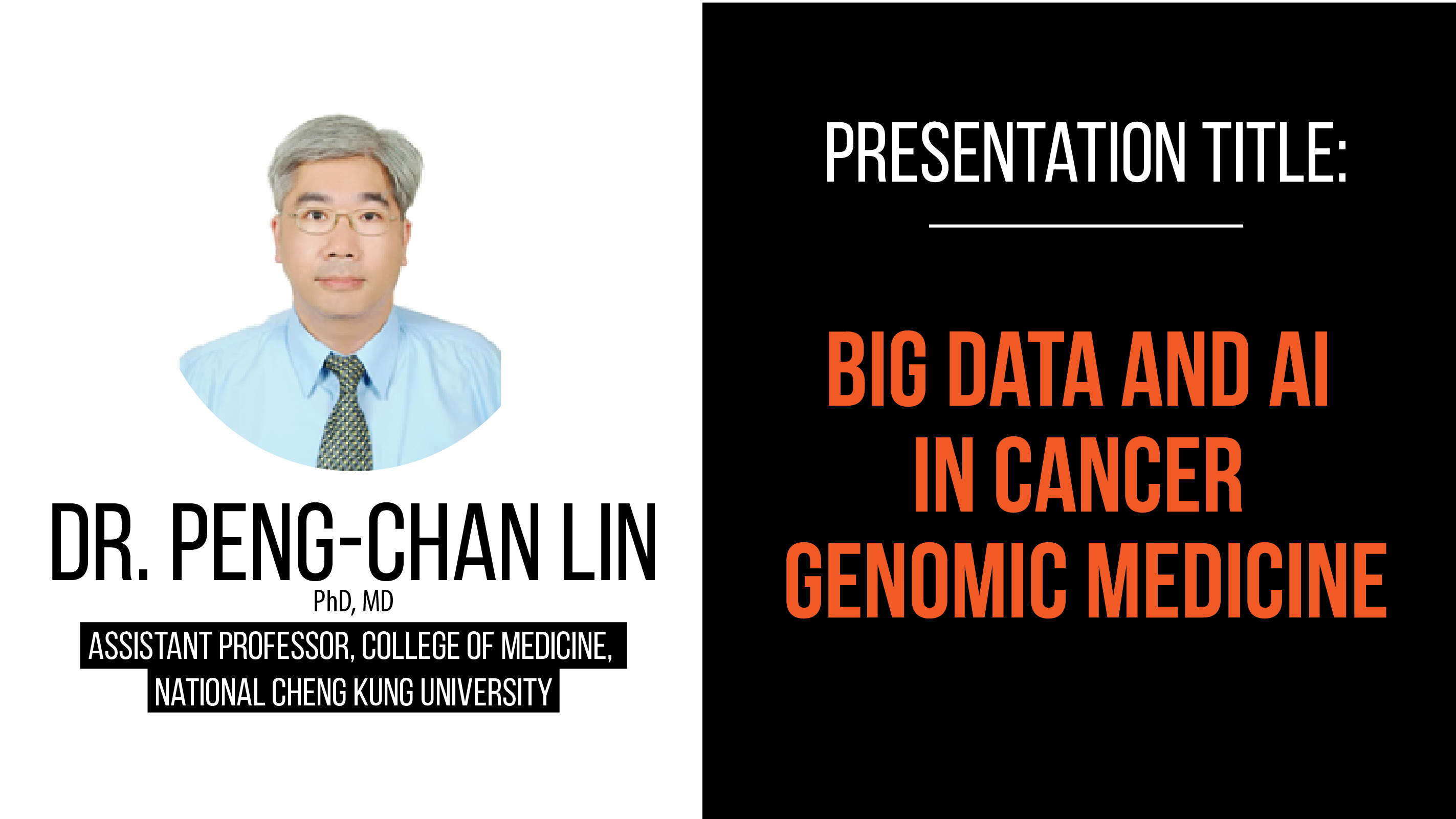
ABSTRACT
|
In the post-genome era, we established a clinical and genomic information artificial intelligence (AI) research platform, combined with clinical data integration and disease research genomic big data to study and predict the clinical diagnosis, classification of cancer patients, treatment, prognosis and side effects. For the purpose of understanding cancer biology and disease recurrence risk prediction, we conduct a prospective study to develop key technology of genomic artificial intelligence module and software. We have established and used the “health care and genomic big bio-data” to determine the biological significance of the relevant diseases via systemic discovery of new disease diagnosis and treatment, intelligent cloud computing analysis, etc. By conducting several prospective clinical trials with cancer patients, a big bio-data database containing clinical information, individual germline and somatic DNA sequencing in tumor tissues have been established at National Cheng Kung University Hospital (NCKUH) since 2015. These “Big Bio Data” contain the following information from each individual cancer patient. (i) Complete patients’ clinical information, such as clinical characteristics, drug response, disease outcome, complete blood counts, biochemical studies, etc.(ii)Image information: Ultrasound, CT scan, PET or MRI scan (iii) Tissue information: Histopathology of surgical specimens (iv) Cell line bank: Clones of cancer cell lines with various targeted genetic mutations (v) Genomic information: Genomic data (DNA and RNA) of germline lines and cancer tissues. High-throughput DNA sequencing of bulk samples is the most common of all the technologies used for the molecular characterization of tumor heterogeneity. Cancer evolves dynamically as clonal expansions. Ideally, we could find the target druggable mutations and then add drugs to block emerging subclones in the tumor heterogeneity. Accurately predicting the timing of occurrence of an event of interest is a critical problem in longitudinal data analysis. Machine learning algorithms are adapted to effectively handle survival data. We provide comprehensive statistical methods along with the machine learning techniques used in survival analysis.
|
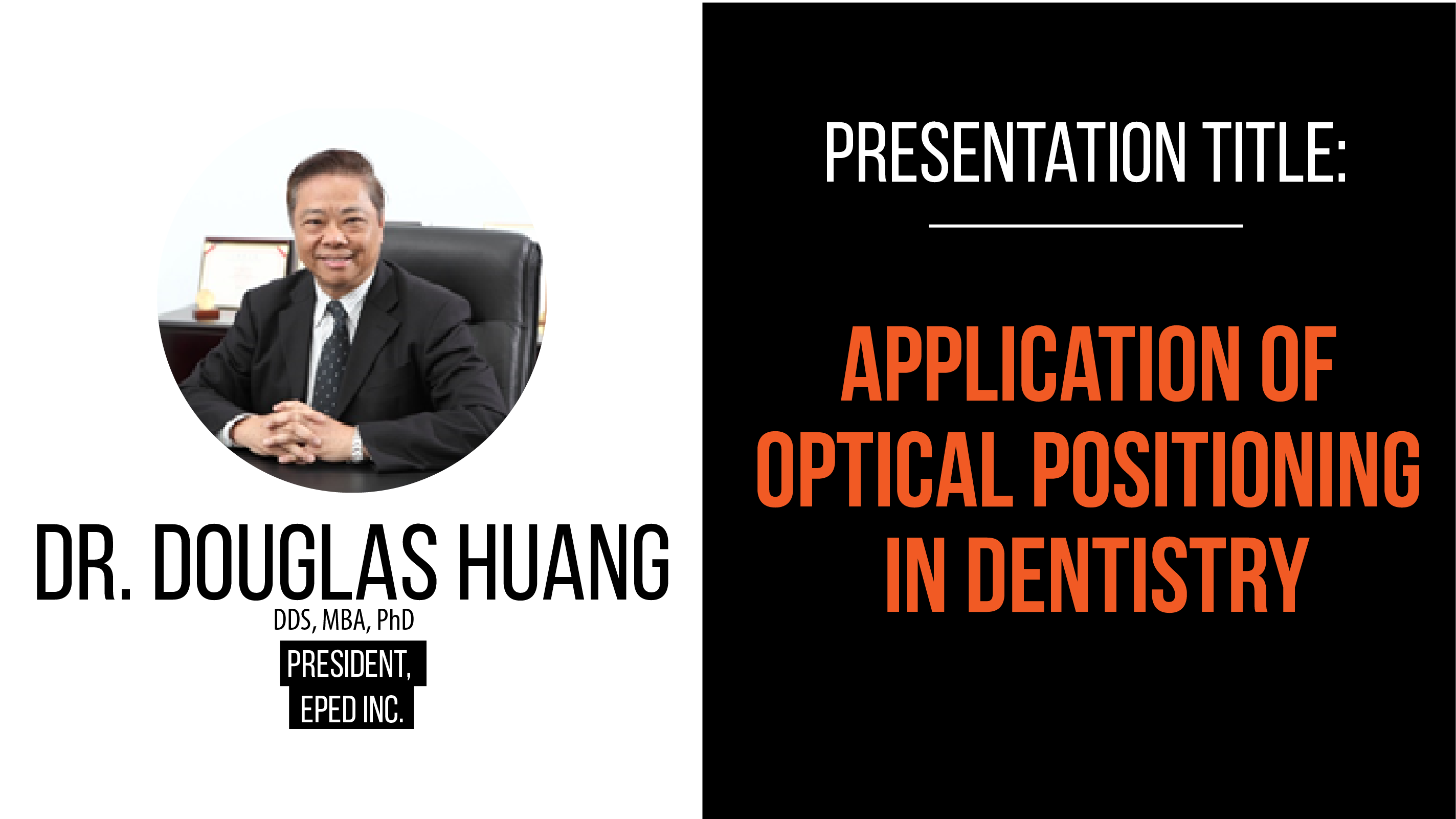
ABSTRACT
|
Currently, the fields of dentistry and minimally invasive surgery require the application of optical positioning in most surgery rooms. Optical tracking navigation systems combine many technologies including optics, infrared lighting, software and hardware to create a favorable environment for doctors to perform safe and consistent surgeries. Screen indicators, warnings and alerts help and guide users on how and where to place their surgical instruments in real time assuring safe and successful procedures. Using the principle of reflection and Epipolar geometry, the geometry of stereo vision, plus one pair of high-resolution camera, an area of observance is created which is delimited by a stereotactic navigation system in which doctors can work safely while students can be professionally trained. By placing a passive receptor to localize the patient and an active receptor that can be paired with numerous instruments, the infrared cameras recognize the surgical instrument location as it moves in real time allowing users to appreciate it in 3D reaching even those places unable to be observed by the naked eye. Practice makes perfection and thanks to developers, doctors, and researches, the precision of optical positioning for surgeries and dental work has reached a very safe and efficient point. This level of safety allows immediate action in those cases that many years ago would be not easy to attempt. |
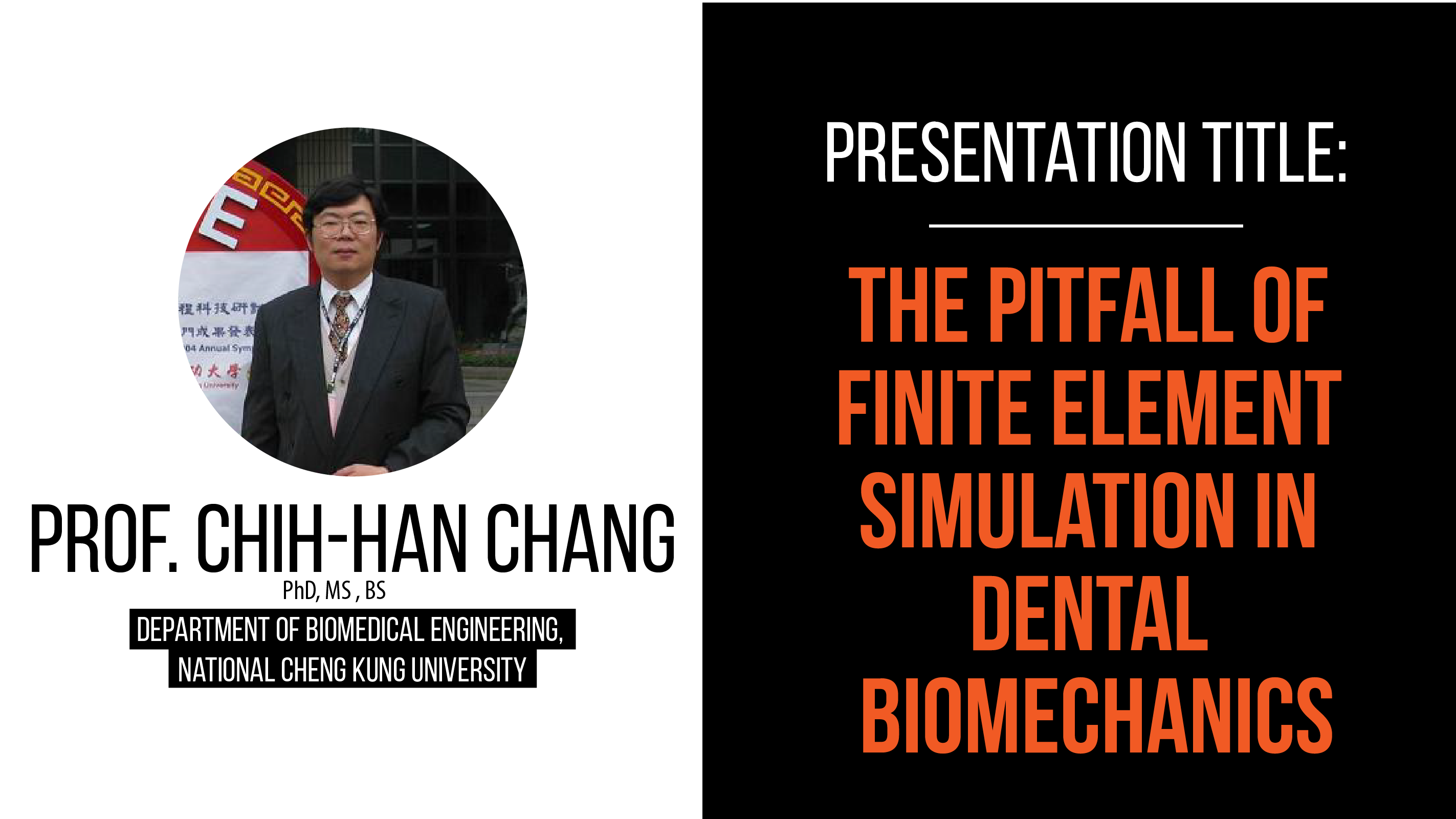
ABSTRACT
|
With the emerging of digital dentistry, the finite element simulation offers a potential approach for patient specific evaluation in routine dental practice. As the advance of computational technology, the finite element simulation has already established itself as a powerful research tool in dental biomechanics. However, this powerful tool is dangerous under inappropriate usages. These ‘inappropriations’, most of the time, are due to the lack of the appreciation of the artificial natural of simulation as well as the biomechanical characteristics: uncertainty, variation, and adaptation of living structure. These biomechanical characteristics make biomechanics an open system, a system with incomplete information, which is difficulty to be modeled by the artificial simulation approach. This talk presents the possible pitfalls in employing finite element simulationand suggests some guidelines in modeling. |
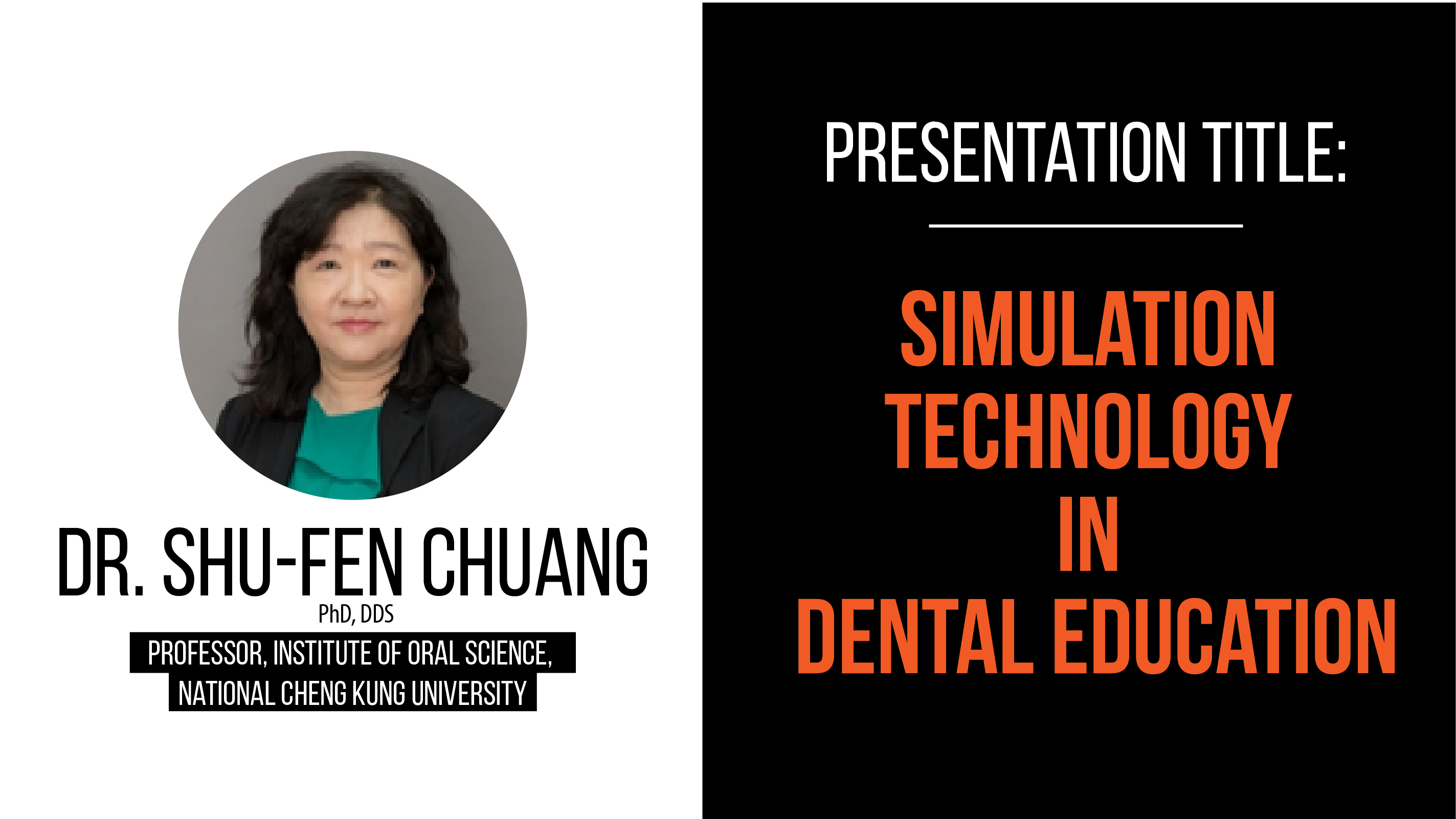
ABSTRACT
|
The simulation technologies and their modalities are more demanding in the contemporary dental education. By integrating the motion tracking technology and the computer-generated 3-dimensional environments, the virtual-reality (VR) technology provide an alternative of traditional model-based laboratory in the predoctoral skill training in regards of more efficient learning and unlimited training hours. Despite of its cost-effectiveness for teaching establishments, these systems encountered the negative feedback as complicated setup, the need of additional faculty training and teaching assistant. Moreover, the use of VR simulation in licensing and examination has not been extensively applied due to lack of objective rules and consensus and in rating the preparation results. The algorithm applied in scoring a student’s preparation should take into account of the cavity size, convergence angle, margin location, and the continuity, but the engineers usually define in a simple context. In this report, the problems in current educational simulation programs and the dental teaching establishment will be addressed. The possible solutions for some problems will also be discussed. |
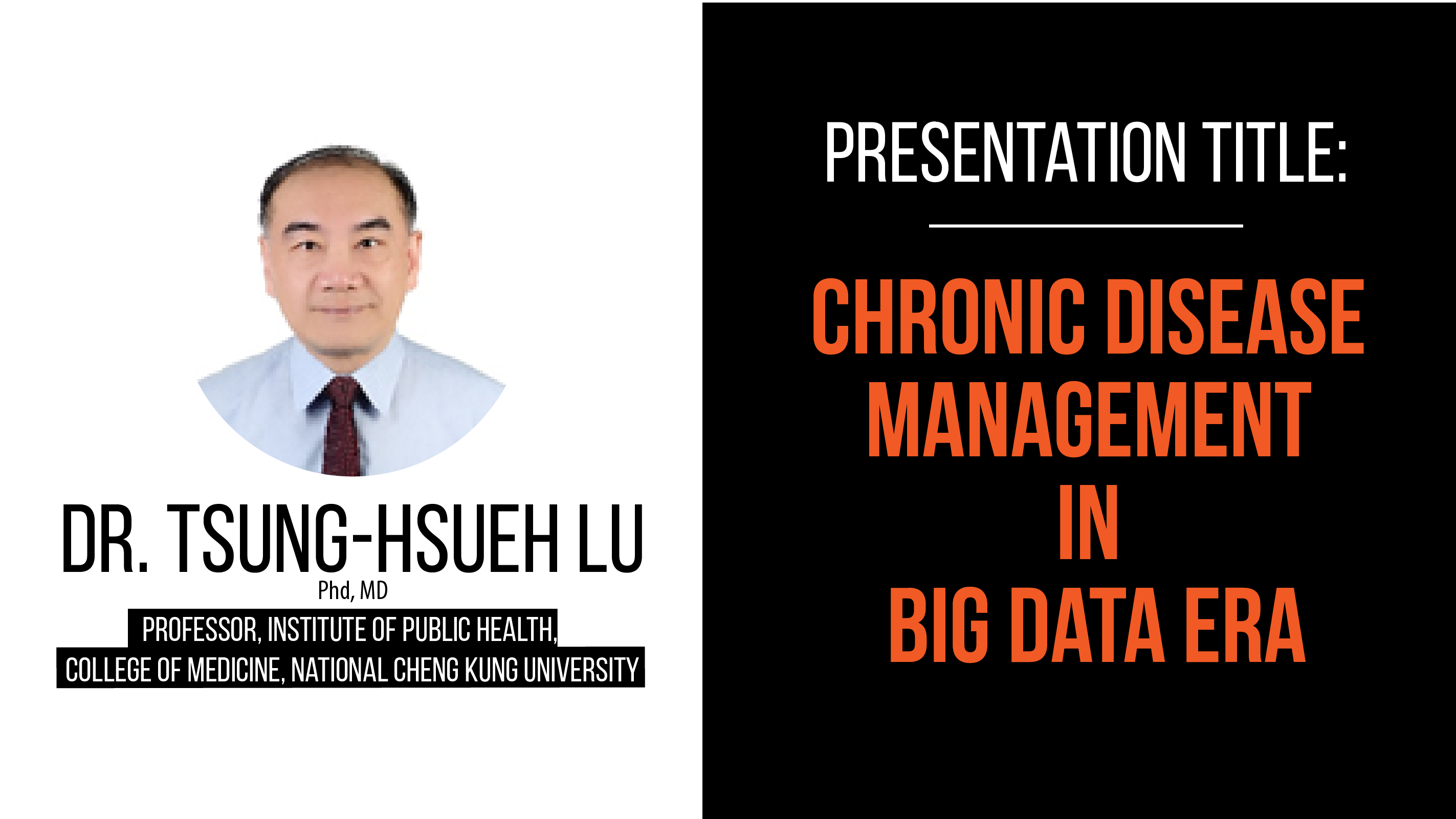
ABSTRACT
|
Almost every country is confronting the increasing of aging population and consequently the number of people with chronic disease(s) will increase. However, the outcomes of chronic disease(s) management (CDM) are not very satisfied. In this presentation, I will illustrate two potential innovative solutions in big data era that can improve the outcomes of CDM. First, the integration of various kinds of health related data (electric medical record, personal health record, data from wearable devices, smart phone or sensors, etc.) to produce tailored or personalized recommendations or reminds. Second, automatic remind and interactive communications through AI machine learning such as social media chatbot. We hope that through the use of some innovative solutions, the outcomes of people with chronic disease(s) will improve. |
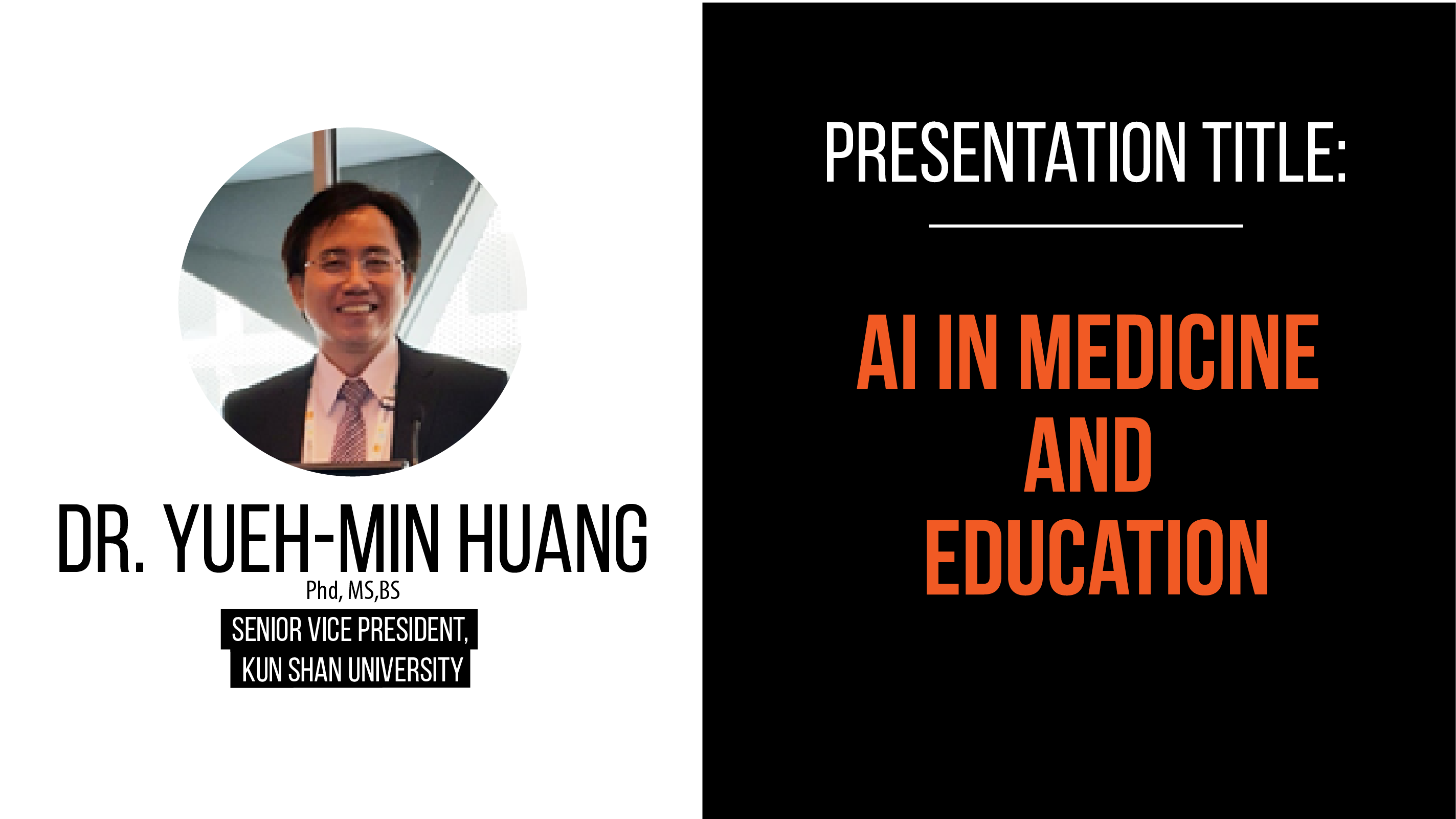
ABSTRACT
|
The application of Artificial Intelligence (AI) in medicine has been investigated over 30 years. It began from the first stage of knowledge engineering for medical expert systems to now the machine learning and data mining in medicine. As AI technologies are widely used by educators and learners to create the applications, such as educational robots, intelligent tutoring system and adaptive learning systems, how AI can reshape medical education? Indeed, the challenge of technologies has been confronting medical education over years, for example, the knowledge management of digital documentation. In response to this, medical education may need to move beyond those in conventional thinking, particularly in the era of AI. Of them, the alignment of human and machine may be the most important issue. For short, how AI can play in large data sets and robot to assist students learning? Fueled by the advance of semiconductor technology, such as GPU, the potential of AI is accelerating rapidly. Recently, AI convolutional neural networks (CNN) has achieved the stage of solving some tasks surprisingly and efficiently than being expected, such as identifying tuberculosis infections in chest radiographs through the mining of image data collected and well-trained. It is believed that machine learning has its potential not only in medicine but also in medical education. This lecture will present how AI technologies may reshape medical education and conclude the theme with 2 on-going research projects. The first is Computer Assisted Surgical Training System (CAST) developed at the University of Arizona, USA, which not only uses AI fuzzy to define the evaluation metrics but also does mining on moving tracks of a trainee. The other is an application of AI social robots in feedback analyses and training of virtual empathy for medical students developed at National Cheng Kung University in Taiwan. |
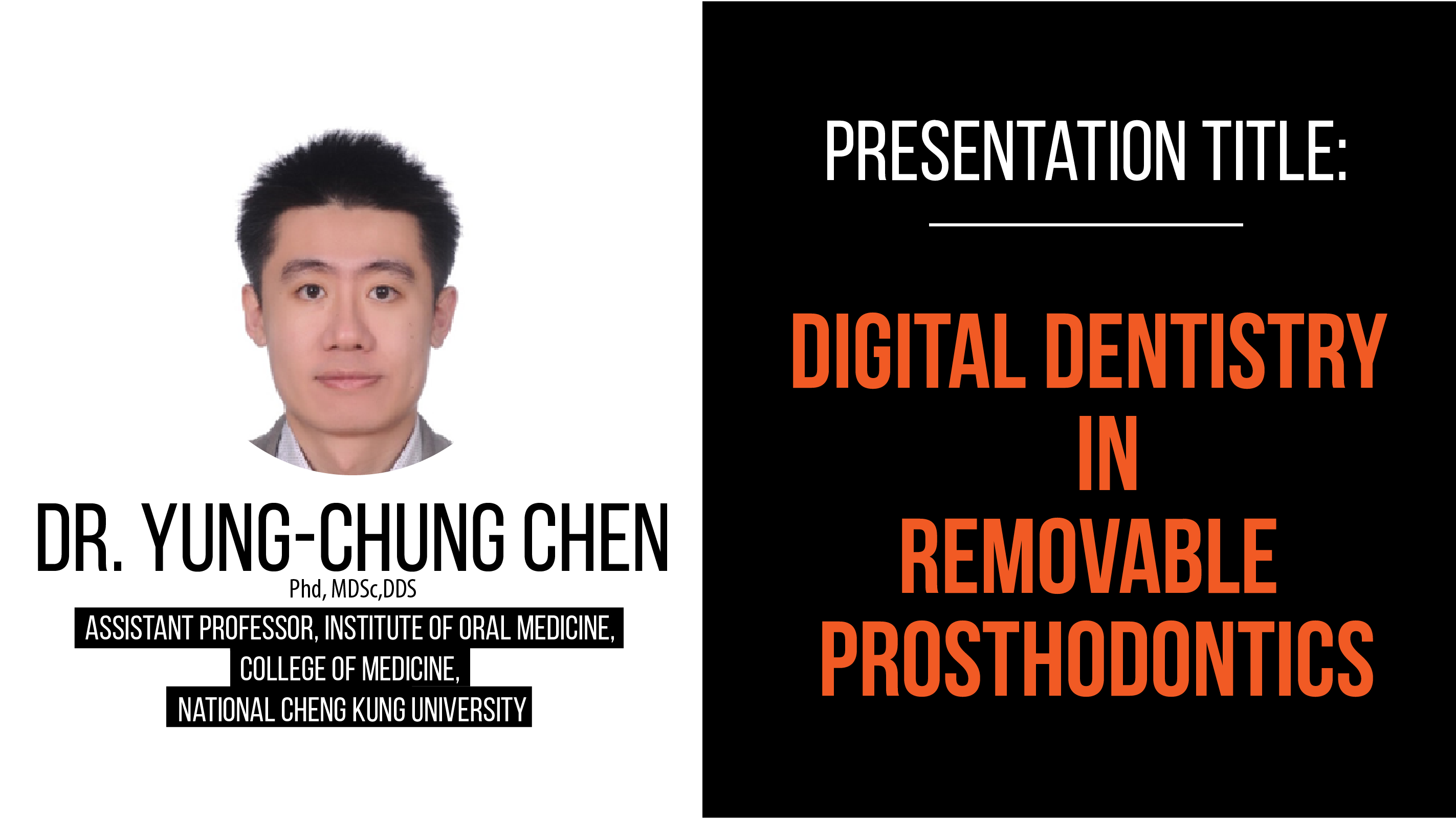
ABSTRACT
|
During the last decade, various digital technology and associate equipment has been developed and widely applied in the fabrication of dental prostheses. All the efforts devoted to advance digital technology has extensively changed the clinical procedures. For those prosthodontists who incorporate digital solutions into their daily practices, their workflow have been significantly improved in terms of time- and cost-efficiency. Moreover, for patients who are treated with digital protocols are satisfied with less office appointments, stronger materials and enhanced esthetics. |
Total Visits : 6190